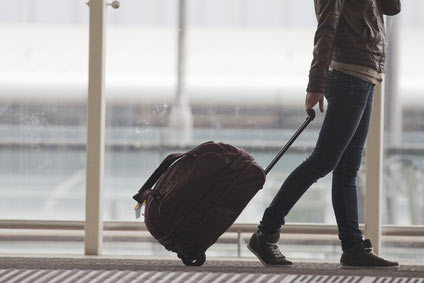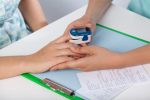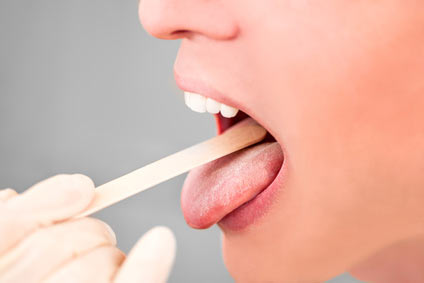Tips about Travel CPAP
How to travel with your CPAP machine?

Are you planning a holiday overseas? Do you want to travel abroad but you're afraid that sleep apnea may ruin your trip ?
If you have a sleep breathing disorder, you need to take your CPAP with you when you are traveling away from home.
Don't waste any night without a CPAP machine, because your symptoms of sleep apnea will return in no time.
A CPAP travel machine is smaller and lighter than a normal CPAP.
There are specially designed to travel by plane, train and other means of transport.
CPAP Travel Tips
Going on long journeys with a CPAP can be quite difficult if you are not prepared.
Hopefully, these tips can help you travel without worries if you need to take your CPAP with you:
Boarding on an airplane with a CPAP machine:
You should always take your CPAP in your carry-on luggage.
If you travel by plane, do not check a CPAP through as baggage, because the risk of damage or loss is too high. Most travel CPAP's will fit into a bag and slide easily under an airplane seat. Some CPAP's have the size of two VHS video cassettes stacked on top of each other.
You could pack the CPAP in your checked baggage, but then there is always the risk of your baggage being misdirected or missing the flight.... I'd rather have one more thing to carry than take a chance.
This video will explain what should you carry in your CPAP bag that you use for traveling:
Electrical adaptability around the world:
You need to pay attention to electrical adaptability of your cpap travel machine.
All European countries use 220 to 240 volts and 50 Hz. Canadian and U.S. electrical circuits operate at 110 volts and 60 Hz. A set of adapter plugs is needed, that will connect you CPAP to any plug in the world.
For more info about electrical requirements when you travel abroad with your CPAP, see CPAP travel in South Africa.
Tap Water or Demi Water for CPAP during Travel?
Rather than worry about distilled water, why not use potable, bottled water (NOT mineral water) or tap water.
You might need to demineralize the humidifier tank with vinegar every now and then, but this practice is safe and much easier than carrying distilled water with you.
More info about what type of water to use in your CPAP machine:
Choose the best CPAP for travel
In the following video you'll learn how to pick the smallest travel-CPAP for your needs. You'll have to choose between:
- HDM Z1,
- the APEX iCH with built in humidifier,
- the Transcend EZEX,
- and the APEX XT Fit
Another important thing to take into consideration is durability. When you choose a CPAP for travel, select one that has a durable case.
For more info about top CPAP machines, see How to Choose the Best CPAP.
CPAP Travel Accessory Kit
Don't forget your CPAP travel accessory kit: an extra fuse, an extension cord, an extra small connector between the mask and tubing. You may need a duct tape if something doesn't fit right.
Bring along also other items, such as:
- 15 foot extension cord (outlets are never where you need them!)
- extra hose, filters
- extra power cord (yes it happens, you unplug the machine, pack it and forget the darn power cord)
- extra mask (optional)
- surge protector (optional)
Consider the Altitude of your destination
If you change altitudes during your travel, talk with your medical equipment company if any adjustment needs to be made on your CPAP.
If you don't adjust your machine with your altitude you're traveling, you will not receive the proper therapy during sleep.
For learning how altitude can affect your CPAP therapy, see CPAP Travel to High Altitude.
Home › CPAP Machine › Travel CPAP







